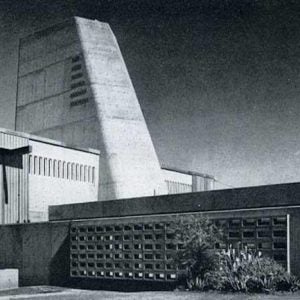The Nuclear Regulatory Commission staff has issued its inspection report on groundwater contamination issues at the Vermont Yankee nuclear power plant operated by Entergy Nuclear. The report says that “No violations of NRC requirements or findings of significance were identified.”
The focus of the inspection was Entergy’s response to the leakage of radioactive liquid into groundwater at the site identified earlier this year, as well as the company’s implementation of the Groundwater Protection Initiative (GPI) instituted by the nuclear power industry in 2007. In the report, the NRC staff states that its extensive reviews have found that Entergy took prompt and effective action to identify the source of the leakage, halt it and develop an effective plan to address any resulting groundwater contamination. However, with respect to the GPI, the NRC staff found that some voluntary aspects of the initiative were not completed at Vermont Yankee.
“Based on the results of this inspection, the NRC determined that Entergy-Vermont Yankee (ENVY) appropriately evaluated the contaminated groundwater with respect to off-site effluent release limits and the resulting radiological impact to public health and safety; and that ENVY complied with all applicable regulatory requirements and standards pertaining to radiological effluent monitoring, dose assessment, and radiological evaluation,” the report states. “No violations of NRC requirements or findings of significance were identified.”
The affected groundwater at Vermont Yankee is not used for drinking-water purposes. With respect to any groundwater from the site migrating to the nearby Connecticut River, a calculation performed by Entergy – and independently verified by the NRC – estimated a dose of 0.000035 millirems of maximum exposure to members of the public from contaminated groundwater reaching the waterway. A millirem is a measure of exposure to radiation. The average American is exposed to about 620 millirems of radiation each year from natural and manmade sources.
Related ArticlesFraser-Nash fusion deal






